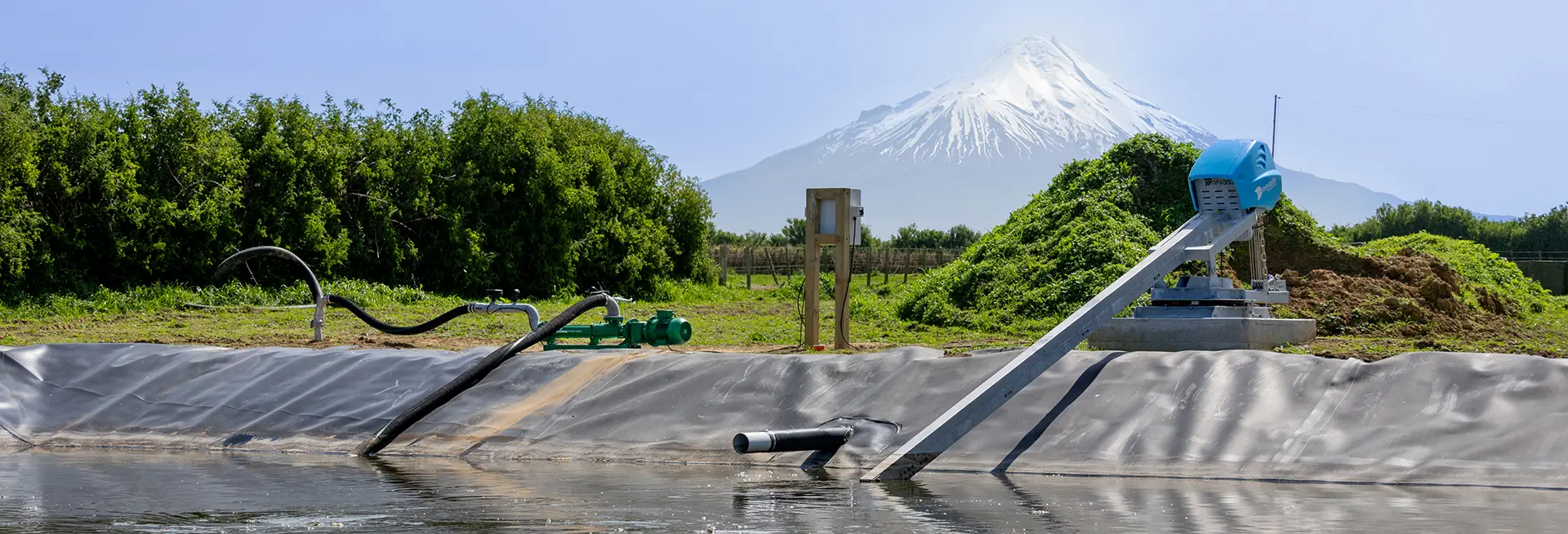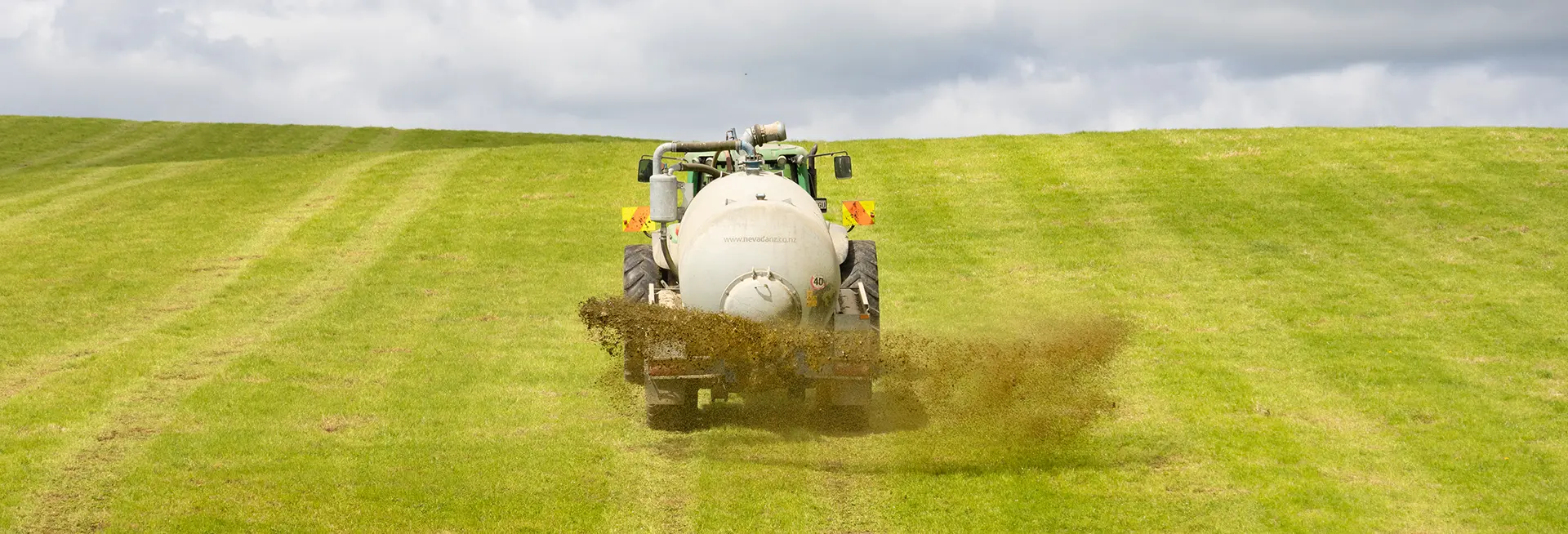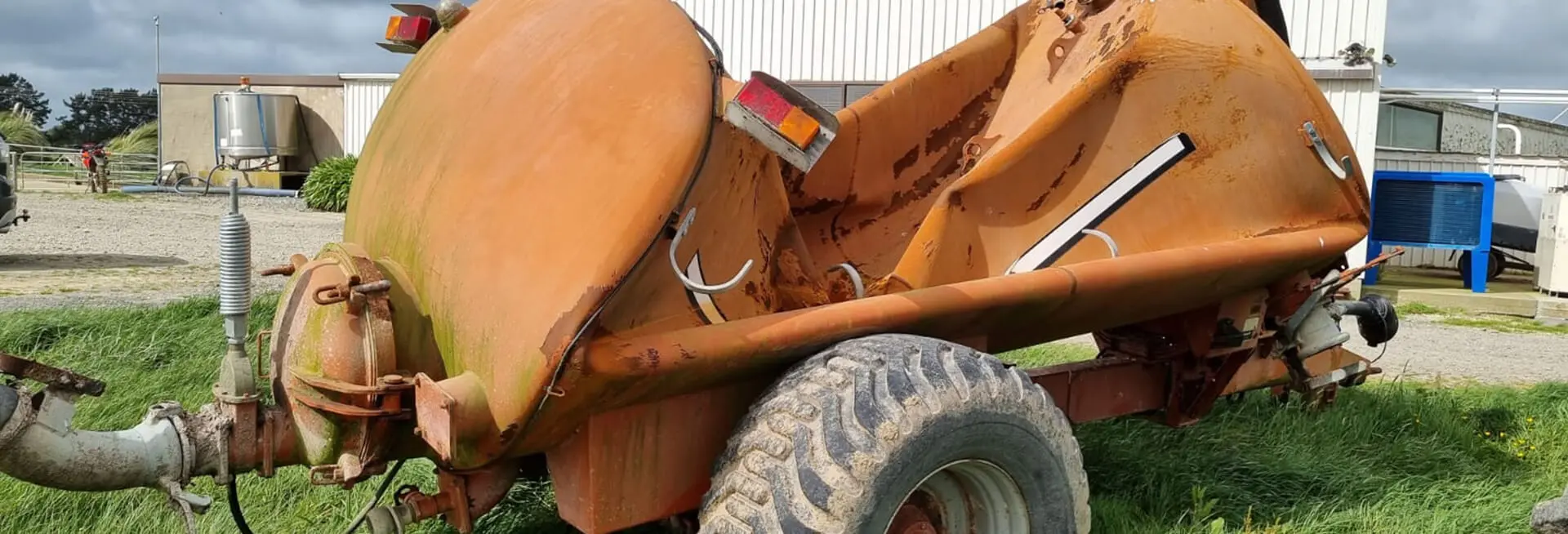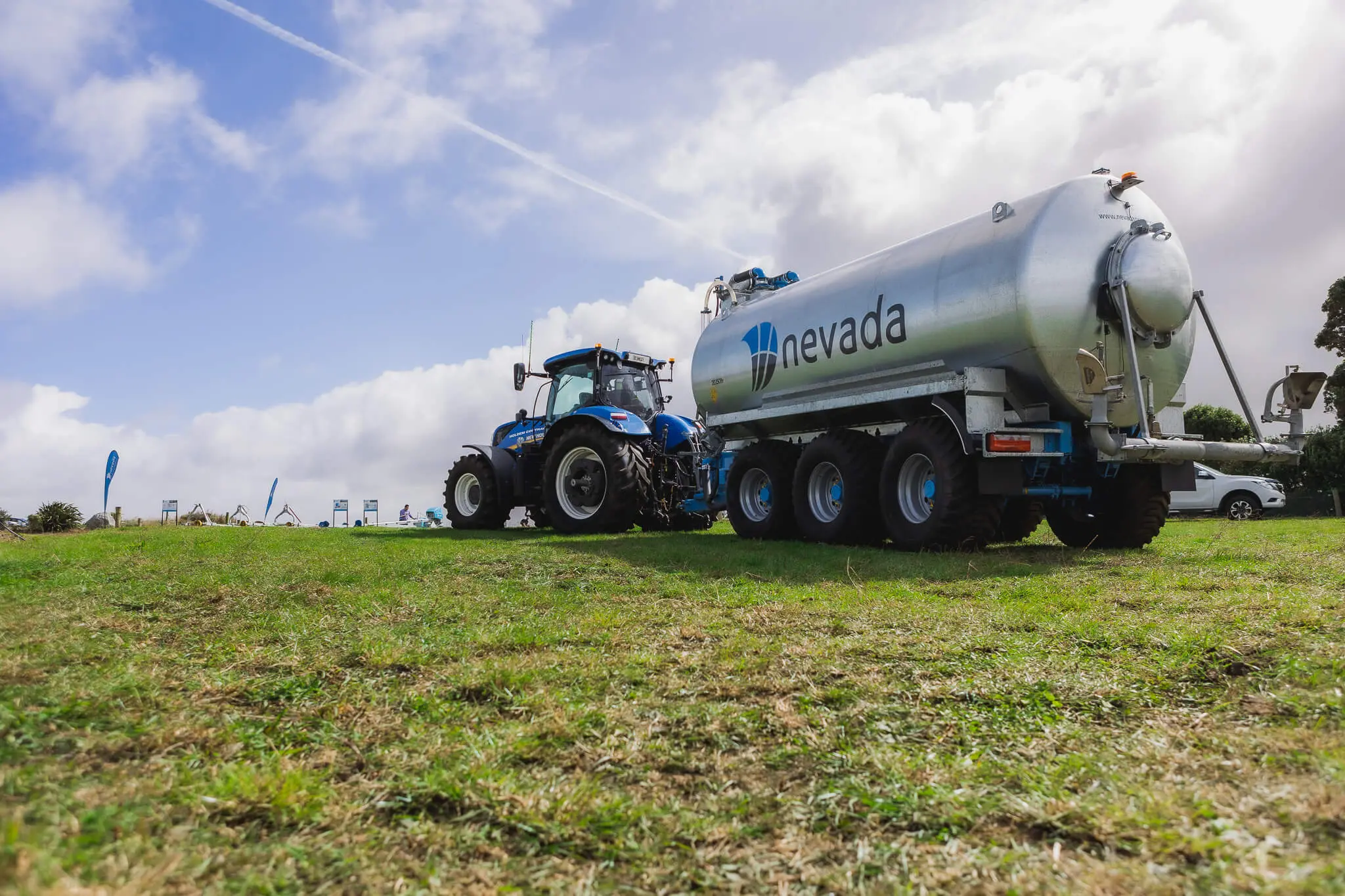There are three key factors that affect effluent application depth. Those factors are:
- Contours of your farm’s landscape.
- Climate, including rainfall and soil moisture.
- Type of soil and it’s drainage characteristics.
Lets take a look at the importance of number three – the type of soil on your farm and how this impacts your effluent management.
Soil texture helps determine drainage
Soil is made up of granules of different products. The smaller the granules, the more likely they are to clump together and hold moisture. Coarser-textured soils – such as those with a high gravel or sand content – drain better.
The higher the capacity for a soil to hold water, the deeper it needs to be irrigated in order for the water to penetrate. Water Holding Capacity is expressed as a depth, and it can vary from 45-55mm/m in a sandy soil to 175-200mm/m for a hard clay soil.
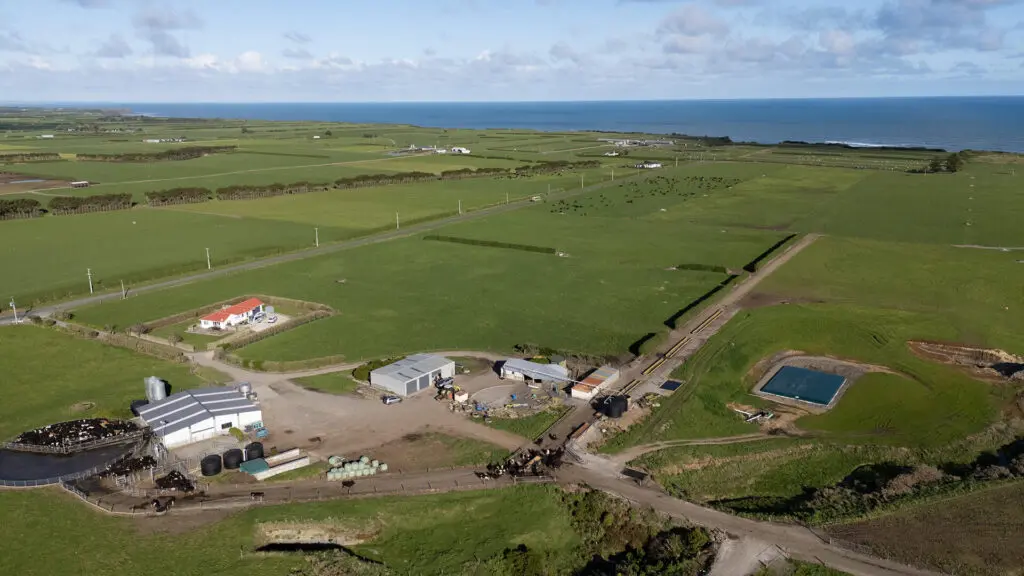
Soil drainage is also affected by landscape
Of course, the type of landscape also impacts the soil drainage. For example. Sloping ground will cause increased surface runoff, decreasing the amount of effluent that’s able to penetrate to soil.
Classifying your soil and assigning risk profiles
Across your farm, there will be different risk areas, depending on the different features. Dairy NZ suggests mapping your property into risk zones to help you identify the best areas for application and help you manage the effluent application process.
There are five risk-classes (A-E) with specific requirements for each. Each risk class has special effluent application considerations. For example, on risk-class B, “Impeded drainage (including imperfectly drained) or low infiltration rate”, you should only apply effluent when a soil water deficit exists. Even then, you should only apply to a maximum depth of 25mm, and only to the level of the soil water deficit.
Many of the soils in New Zealand have been mapped in detail, and you may be able to discover the soil characteristics of your farm using the Landcare NZ research.
Talk to the team at Nevada. We can help you map your soil risk areas and figure out an effective effluent management plan.
